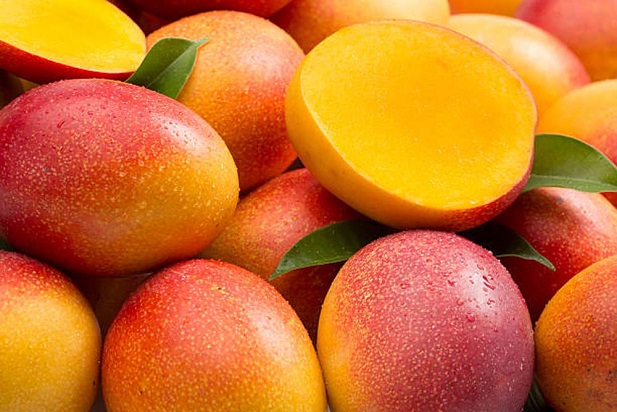| The Ministry of Agriculture, Animal Industry and Fisheries (MAAIF), in collaboration with the Food and Agriculture Organization of the United Nations (FAO), the National Agricultural Research Organization (NARO) and the International Institute of Tropical Agriculture (IITA), working with the District Local Government, today released biological control agents (BCA), as a pest management strategy to control the Mango mealybug (MMB) in Ntungamo District. Presence of the Mango mealybug (Rastrococcus invadens Williams), locally known as Kanyananga- Oruhumbo, was reported in November 2021 in Ntungamo District, Sofia cell, Kafunjo parish, Mirama Hill- the immediate border between Uganda and Rwanda. Since then, efforts have been geared towards the pest’s management.
In response, the Government of Uganda, through MAAIF, supported by FAO and IITA, released the biological control agents (BCA) specifically two parasitoid wasps- Gyranusoidea tebygi and Anagyrus mangicola to control the MMB in Ntungamo. FAO and the Government of Uganda have reviewed all the scientific data to ensure the introduction of these insects is safe and effective. The BCA methodology for pest management is the best approach to manage the mango mealybug because chemical pesticides have not been effective in controlling the pest. MAAIF, FAO and partners believe that the BCA will relieve the stress of farmers, who, fearing food insecurity and income loss, hired fumigators to spray their mangoes around July/August 2022. Much as the fumigants are highly toxic to the environment, MMBs are still present. Speaking at the event to release the biological control agents, Hon. Fred Bwino Kyakulaga- Minister of State for Agriculture noted that despite Government efforts to transform the 38 percent of the population still stuck in the subsistence economy to the money economy; while increasing production, productivity, value addition and agro industrialization, the agriculture sector is faced with many challenges including diseases and crop pests such as Mango mealybug.
“This pest can cause up to 100 percent yield loss if not handled timely. This pest has a waxy covering substance which protects the pest against any pesticide spray making it extremely difficult to control”, he said. “It is therefore crucial that farmers report any new pest in to any agricultural staff in their communities and that all the officers, leaders and farmers play their roles to support the biological control of these pests. This will help us to manage the pest before it spreads deeper inland into other areas”, he added. Protecting mangoes from mango mealybug damage can serve to protect the fruits that are important in the diets of the people in the community and also income that can be obtained from selling mango fruits. Processing of mango into juice is growing but pests can hamper the growth in the processing industry for Uganda.
Uganda has witnessed crop devastation and loss of income of its people, owing to migratory and occasional pests affecting various crops. For instance, Fall Armyworm was first experienced in Uganda in 2016 and is now spread over the country affecting maize and sorghum production. The recent desert locust invasion in 2020, in some countries in Africa (including parts of Uganda) – the worst in decades, greatly affected crops and food production |




